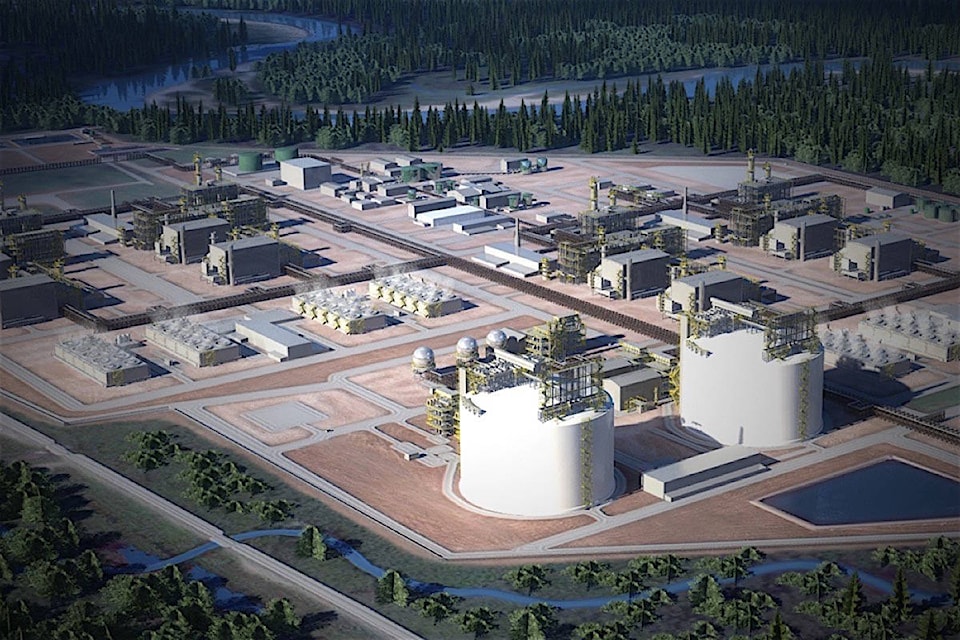B.C. is one of the few Canadian provinces with a greenhouse gas reduction plan, but it’s a long way from meeting even its interim targets, according to a nation-wide survey by provincial and federal government auditors.
The finds that only New Brunswick and Nova Scotia are on track to meet their 2020 reduction targets. And Alberta, Manitoba, Prince Edward Island, Saskatchewan and the three northern territories don’t yet have targets to meet.
B.C. admitted three years ago it wasn’t going to meet its initial target of a one third reduction by 2020. Its new target, a 40-per-cent drop by 2030, is now under additional pressure by the John Horgan government’s efforts to get a large-scale liquefied natural gas facility in northern B.C.
RELATED:
The previous Christy Clark government updated its plan two years ago, introducing the 2030 goal and setting an ambitious target of an 80-per-cent reduction by 2050. B.C. Auditor General Carole Bellringer and her colleagues across the country found targets but little more.
“The [B.C.] plan did not build a clear and measurable pathway to meeting the province’s emission reduction targets,” the national report says. “The mitigation plan did not include a clear schedule for carrying out actions or detailed information about implementation.”
In its minority government talks with the B.C. Green Party last summer, the B.C. NDP government agreed to start increasing its carbon tax on fuels two years earlier than it promised in the election campaign. The first increase since 2012 takes effect April 1, moving up the tax on a litre of gasoline above seven cents per litre.
As it moves to $35 per tonne of carbon dioxide emissions next week, B.C.’s carbon tax is the highest in Canada.
Ontario and Quebec have opted for a cap and trade system for pricing emissions, along with California. This is acceptable to the federal government, which has required all provinces to put a price on carbon emissions.



